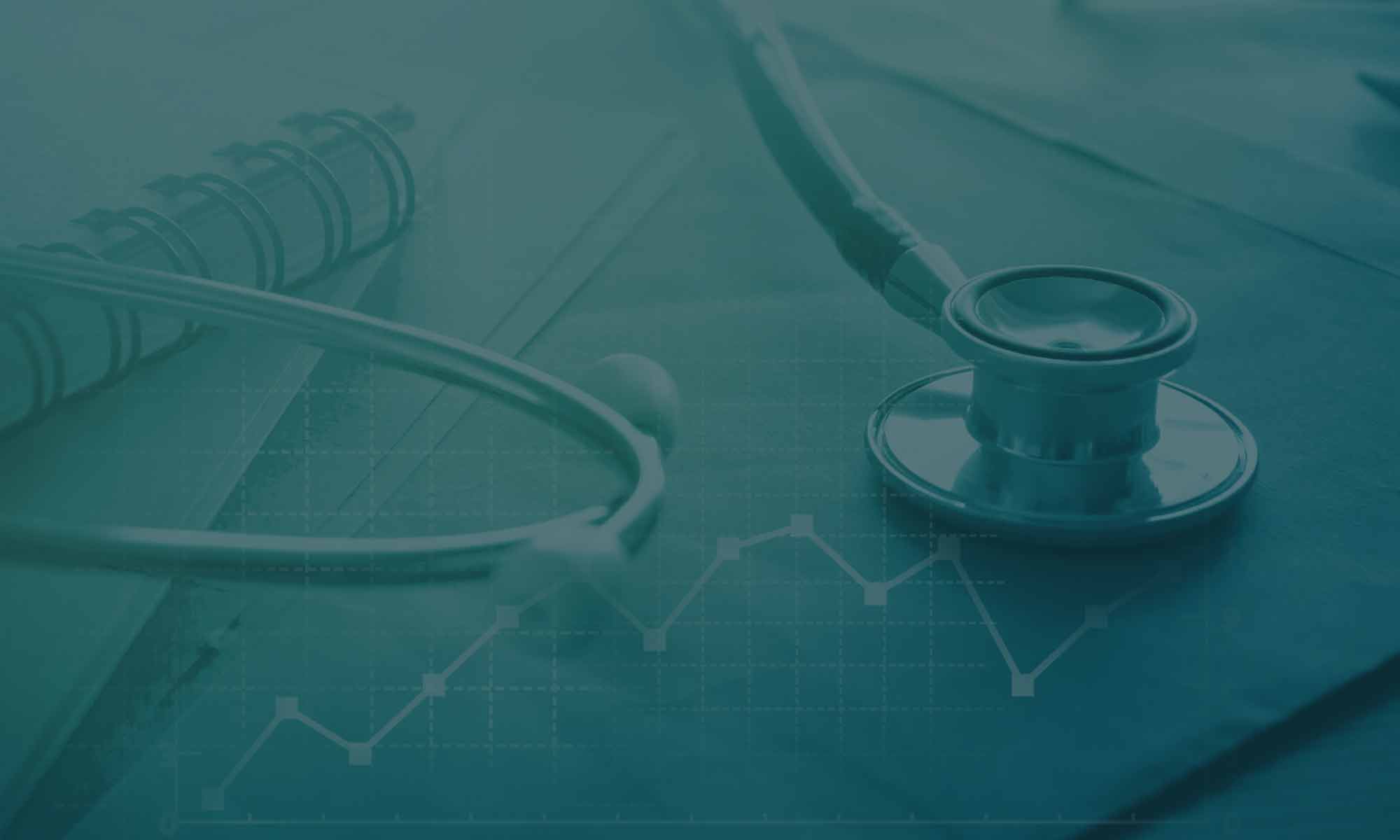Superior Patient Care, Predictive/Preventative Protocols, Stronger Referrals, and 5-Star Physician Rating.
In Medical School, MBA Programs or most advanced Degree Programs, we learned over and over that “people are notoriously reluctant to change.” This includes Physicians. This is about to change. The rate of technological advancements, especially as it relates to medicine and medical practices, is evolving at an exponential rate. In fact, I would dare suggest that many medical practices will begin to include a ‘Digital Technology Manager’ to monitor and introduce emerging technologies into the practices.
For example, here’s just a small ‘Quick Ten’ sampling of such emerging technologies that will impact your practice in the months/years ahead:
Artificial Intelligence (AI) digital diagnosis assistance software (such as IBM Watson)
Patient Sensor Bracelets tied into the Practice’s patient’s new data analytics network
Personalized Machine Learning Predictive Algorithms connected to National and Global Diagnostic best-in-class Benchmarks
DNA Bio Marker Labs digitally linked into your Patient’s Medical Records for early identification of pending disease and preventative treatment therapies, protocols, and programs
Integrated Patient Records connected to National RX and other Pharma Databases
Patient Health records connected to local Digital/Social Media Healthcare Communities
Seniors Remote Patient Robotic Monitoring with Patient Alerts to the Practice
Wearable Techno Patches connected to the Patient’s Preventative Health Data Records
Bio Physical Activity Bracelets tied into Patient Records
Social Media Monitoring of Patient’s Life Events, Posted Symptoms, Health-Related Posts/Tweets, Referral Requests, Complaints, etc.
So how do these technologies impact my Practice?
Enables information gathering and expertise sharing, which will help Physicians and Physician Teams collaborate and design best-in-class programs that support patient care and program success.
—————————
Improves the busy Physician’s ability to more quickly and easily see and analyze once-invisible data and evaluate it based on the leading medical literature, the most current medical information, and evidence-based guidelines for each Patient in real-time with just a few keystrokes. These real-time insights will help as you plan the optimal care for each patient’s specific health needs.
—————————
Insurers can proactively manage preventive care for larger numbers of people with the goal of avoiding unnecessary tests and time utilization. Practices will eventually be incentivized to participate by the medical insurance companies, as well as, medical malpractice insurance companies.
—————————
Allows Physicians easier access to sift through available clinical trials and ensure that more patients (their patients) are accurately and consistently matched to the right trials.
—————————
Each Physician will see more data and deliver more comprehensive insight’s, so they can create a more informed Patient Healthcare Program that keeps patients moving toward their goals of better health.
Data to Knowledge (D2K) is no Longer the Objective.
Some of you have heard the term Big Data term ‘Data to Knowledge’, or D2K. This means that although data are important, how you and your Practice use data will become more important. We’re moving to a D2K Practice Nirvana of real-time actionable patient knowledge at our finger tips using the patient’s own digital footprint. Simply stated, this means even small (1-2) Doctor Offices will have easy real-time access to a universal D2K platform of over 1.8 Billion people’s digital medical footprints and enormous health-related data facilities databases. This acquisition and analysis of data and its subsequent transformation into actionable insight is a complex workflow which extends beyond data centers, to the edge, and into the cloud in a ‘seamless’ hybrid environment. The key factor driving the adoption of data-intensive computing is the need to rapidly analyze exploding volumes of data at the point of creation and at scale.
“In fact, I would dare suggest that many medical practices will begin to include a ‘Digital Technology Manager’ to monitor and introduce emerging technologies into the practices.”
I’m a Physician – What does this mean? This means having up-to-the hour ‘Medical Intelligence’ on what your patients, and people within your community are talking about, their medical interests, their social medical complaints/concerns, medical purchase intentions, their life events impacting their health, their professional events impacting their health, their company plans, their friends and family linkages, medical predispositions, their medical sentiments, medical patterns, their lifestyles, their purchasing power, their travel likes and patterns, their planned purchase priorities, their viewing patterns, search patterns, their listening patterns, their health issues, etc.
This is Far Beyond the Needs of my Practice? Is it?
How can any Physician possibly understand and keep up with all this patient and community data? Why should they? How does this benefit my practice? First and foremost, with respect to the data, you, the extremely busy physician will not have to ‘keep up with the data’. AI, or Artificial Intelligence along with Real-Time Machine Learning Platforms will control much of this behind the scenes for the Practice as an ‘add-on’ application to their existing patient software system. These real-time AI Machines and Applications Software plug-n-play supplements will become a simple extension of the Practice’s existing medical patient software system helping explain much of the world’s patients and individual digital footprints and how these are impacting their health today and tomorrow. The Physician simply enters the Patient’s name, and the platform will provide all the real-time, or up to the hour digital footprints, predictive analytics, and data profiles of the Patient.
These new real-time intelligence platforms are only a part of what’s in your practice’s techno pipeline. Because much of Social Media is ‘Opt-In’, this means your Patients have given permission to social surveillance companies to integrate YOUR patient data into their healthcare records. It’s public domain. For example, is some instances, it would be relevant to know what your patient’s digital footprint looks like and look behind their social curtain. Who they are? Where do they live? Work? Play? Want? Family/Friends linkages? Socioeconomic profiles? Lifestyle Profiles? Demographic Profiles? Companies they have an interest in? Products interested in? Again, in real-time with only the touch of a few keystrokes.
Why is this level of patient data important? If a patient’s digital footprint contains several references to extensive upcoming travels, or they’re playing tennis extensively, and their medical records indicate a recent heart-valve issue, it would be imperative for the Physician, their physician, to bring this potential problem to their attention, or take preventative steps to correct the problem now as opposed to ‘down the line’.
The Next Generation of Practice Care
Even for small practices, the age of Big Data Storage and ‘live’ Real-Time Digital Data access is upon us. For Medical practices, this basically means your Practice will become a single source of actionable and relevant patient and consumer information and surveillance at the touch of a button. This new plug and play software extension (Platform) will allow physicians to ‘simply’ and easily match, merge and form a single source of reliable, relevant and actionable patient data with a much higher diagnostic and patient care outcome. A single platform and source of patient ‘truth’ and care. We cannot emphasize enough the importance of understanding and embracing such new technologies as ‘Tricorders’ and ’54 biomarkers’ and integrating these emerging diagnostic and health preventative data into your patient data systems already in place today. Think of it as your own ‘Data to Knowledge’ systems extension. We live in a new data world. Embrace it and adopt it. These technologies are here, and they’ll continue to reshape your Practices!
“‘Big Data and Preventative Data Analytics’ will become common lexicons of today’s modern Practices.”
Conclusion
‘Big Data and Preventative Data Analytics’ will become common lexicons of today’s modern Practices. No longer will be simple patient CRM-Style software be the norm. The systems outlined above are all in place today and ready as plug-in-play existing software additions. Costs? Gone is the need for large expensive data warehouses, complex data hygiene, data auditing, data governance requirements, etc., so expect these plug-in’s to be modestly priced. Privacy? All the systems described above are legally compliant since the data collected are almost always from opt-in open and deep web sources, social sources, search, and the best consumer and business profilers in the world. These new Patient D2K Platforms are the cumulative result of combining the very best technologies in the world under one umbrella and one practice’s current patient care software.
Too technical? Behind the technologies, the physician will not see, nor care, that open source search pattern recognition algorithms, social surveillance cognitive pattern recognition, pattern and life event recognition, predictive correlation analytics, artificial intelligence, machine learning, complex event recognition correlation algorithms, and advanced natural language programming software are driving these new patient insights. All the Physician (Practice) will know is many of the best in class D2K technologies are now available to for their respective practices. For the physician, all he/she will see is a much more extensive view of his/her patients requiring very little to zero technical learning.
Monetary impact? Logically, yes, more revenue! These D2K add-ons will not only enhance patient care and perception, but practice branding where patients will become completely dedicated to their physicians because they’ll all easily recognize their doctor(s) honestly care about their health in both the short and long-term. This will create patient loyalty, plenty of referrals and 5-star physician ratings.
ABOUT THE AUTHOR

Van Mayros
Chairman
HM²O, Inc.
One of the nation’s leading experts on helping organizations transform disparate data into relevant, useful and timely informational insights. Mayros data to knowledge (D2K) transformations have evolved into the Next Wave of Advanced Predictive Consumer Intent and Interest Analytics, or, ‘Cracking the Consumer Intent Code’ in Real-Time!
Six-time Author (published books) on CRM, Marketing, Customer Acquisition, Marketing Automation, and the origin of global data repositories (The Internet).
FEATURED ARTICLES
5 Tips to Help Speech, Occupational and Physical Therapists Get Paid
5 Tips to Help Speech, Occupational and Physical Therapists Get Paid By Lisa Eramo Ensuring accurate
7 Tips to Help Mental Health Providers Get Paid
7 Tips to Help Mental Health Providers Get Paid Most mental health providers go into private practice because
How Data Analytics Can Improve the Financial Performance of Your Billing Clients
How Data Analytics Can Improve the Financial Performance of Your Billing Clients The healthcare industry is rapidly
7 Signs It’s Time to Upgrade Your Healthcare Website
7 signs it’s time to upgrade your healthcare website. An outdated, non-optimized healthcare website is doing your
Castor Oil to Elixir: The Evolving Role of Marketing
Castor Oil to Elixir: The Evolving Role of Marketing G. Kelly O'Dea Odds are that when today’s
The Influence of Technology on Tomorrow
Superior Patient Care, Predictive/Preventative Protocols, Stronger Referrals, and 5-Star Physician Rating. In Medical School, MBA Programs or






